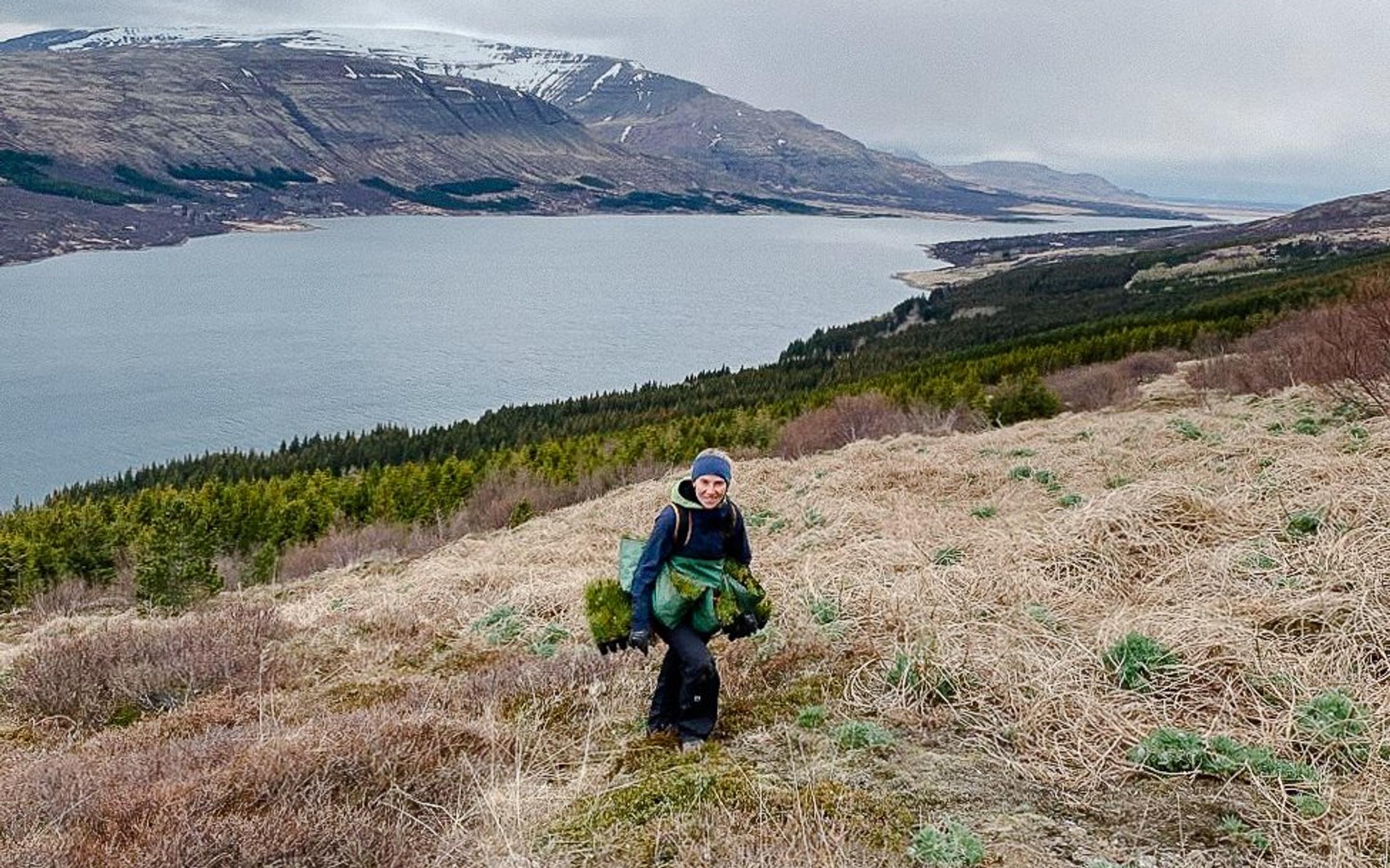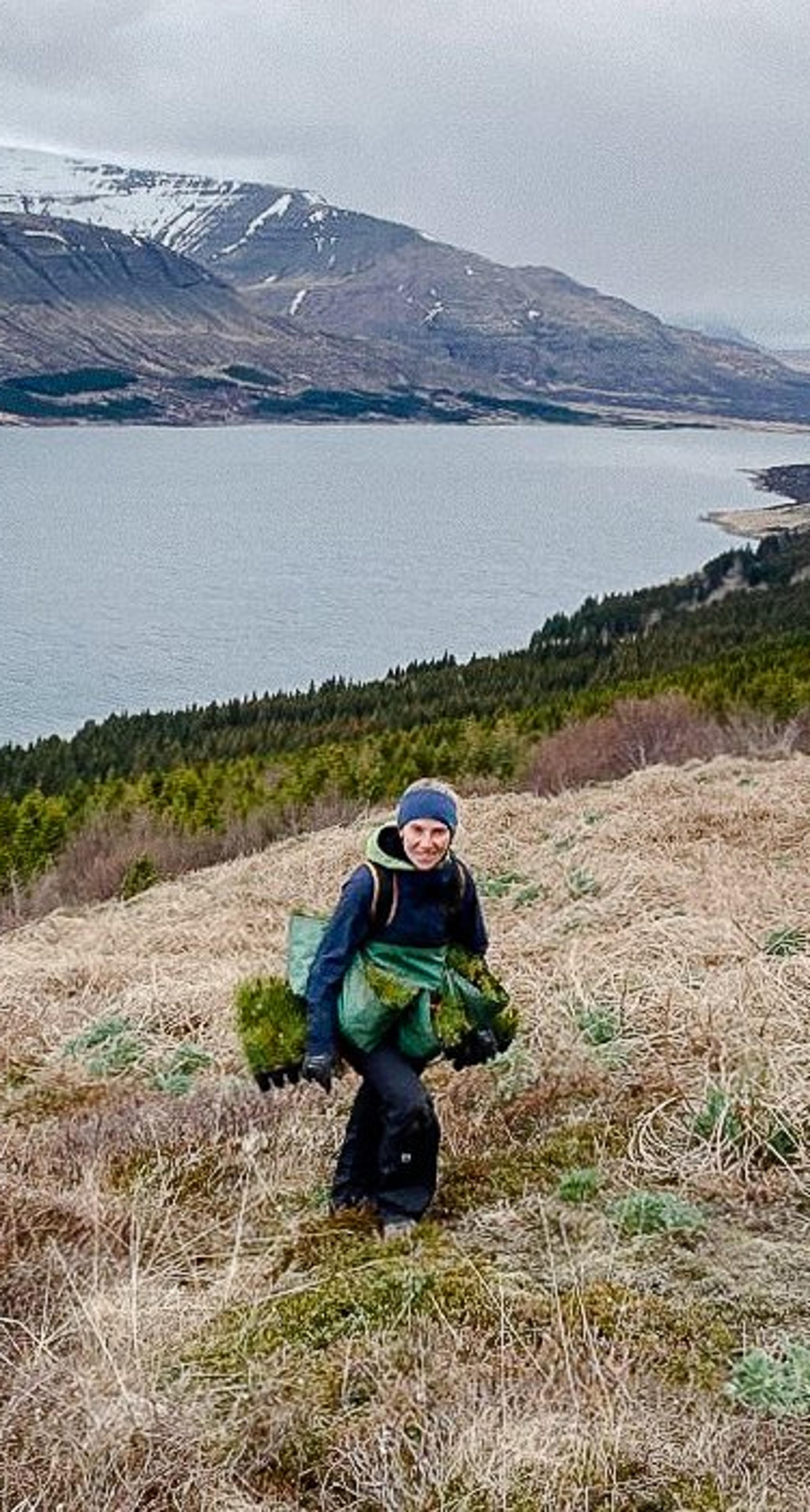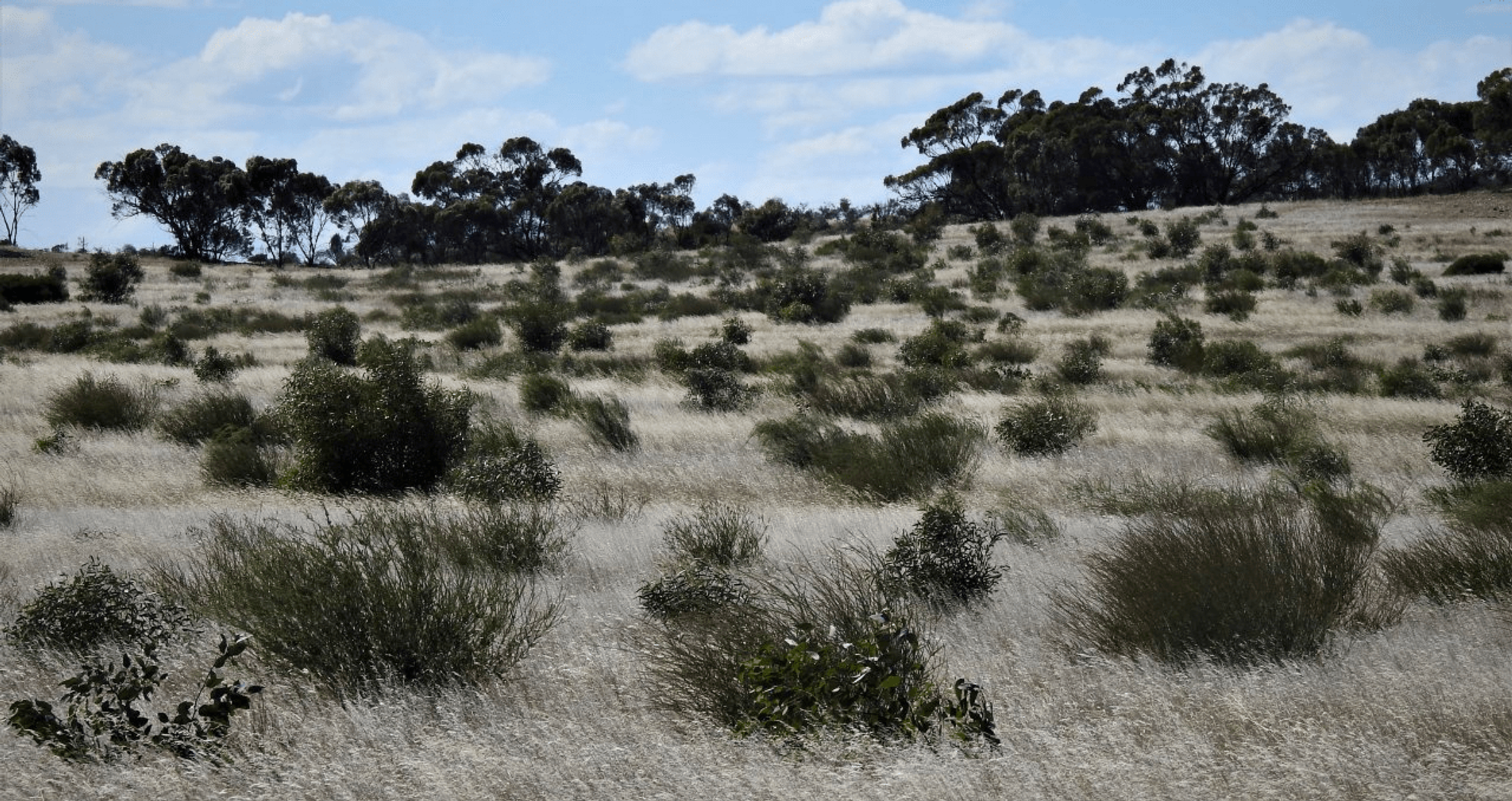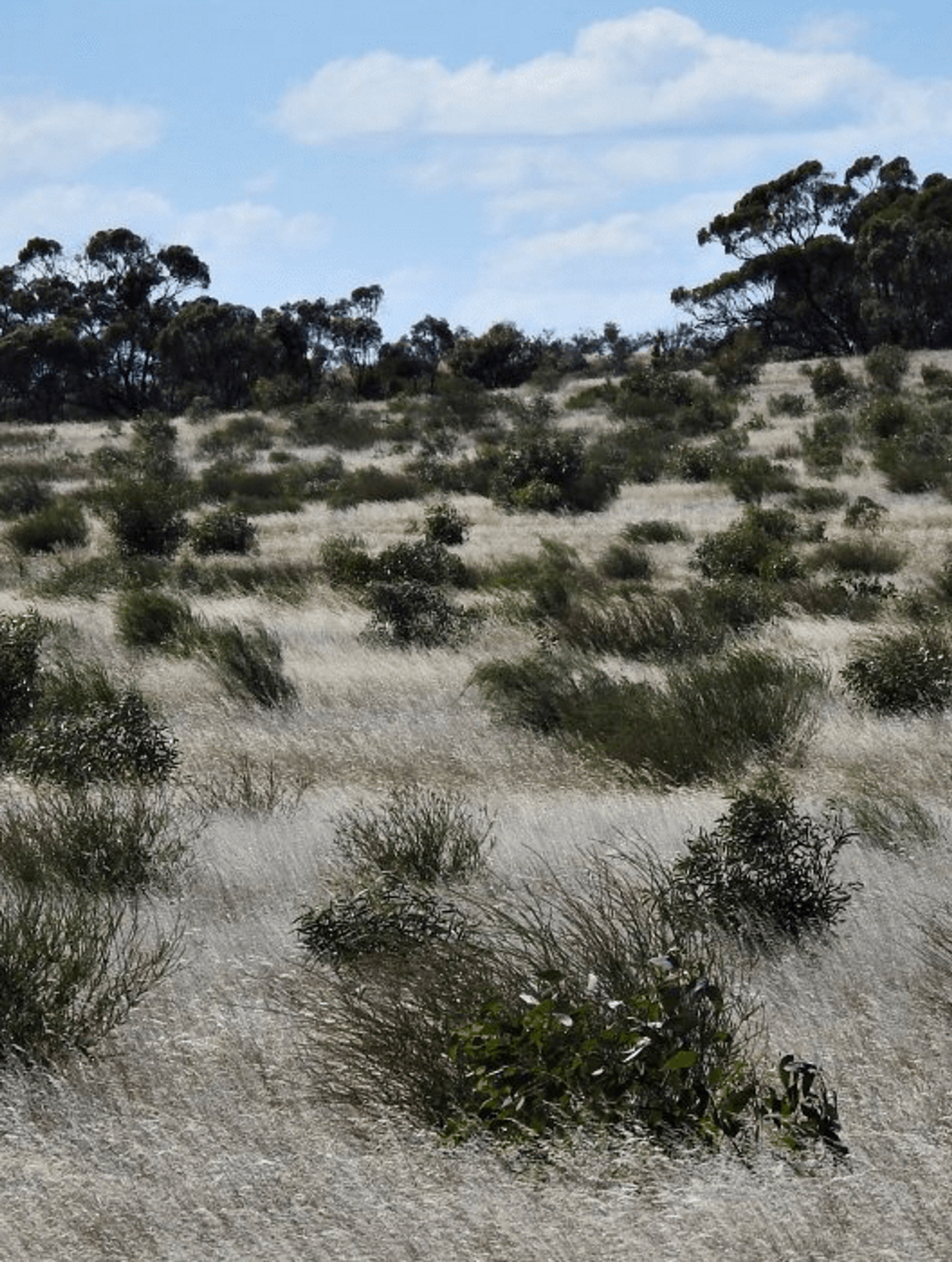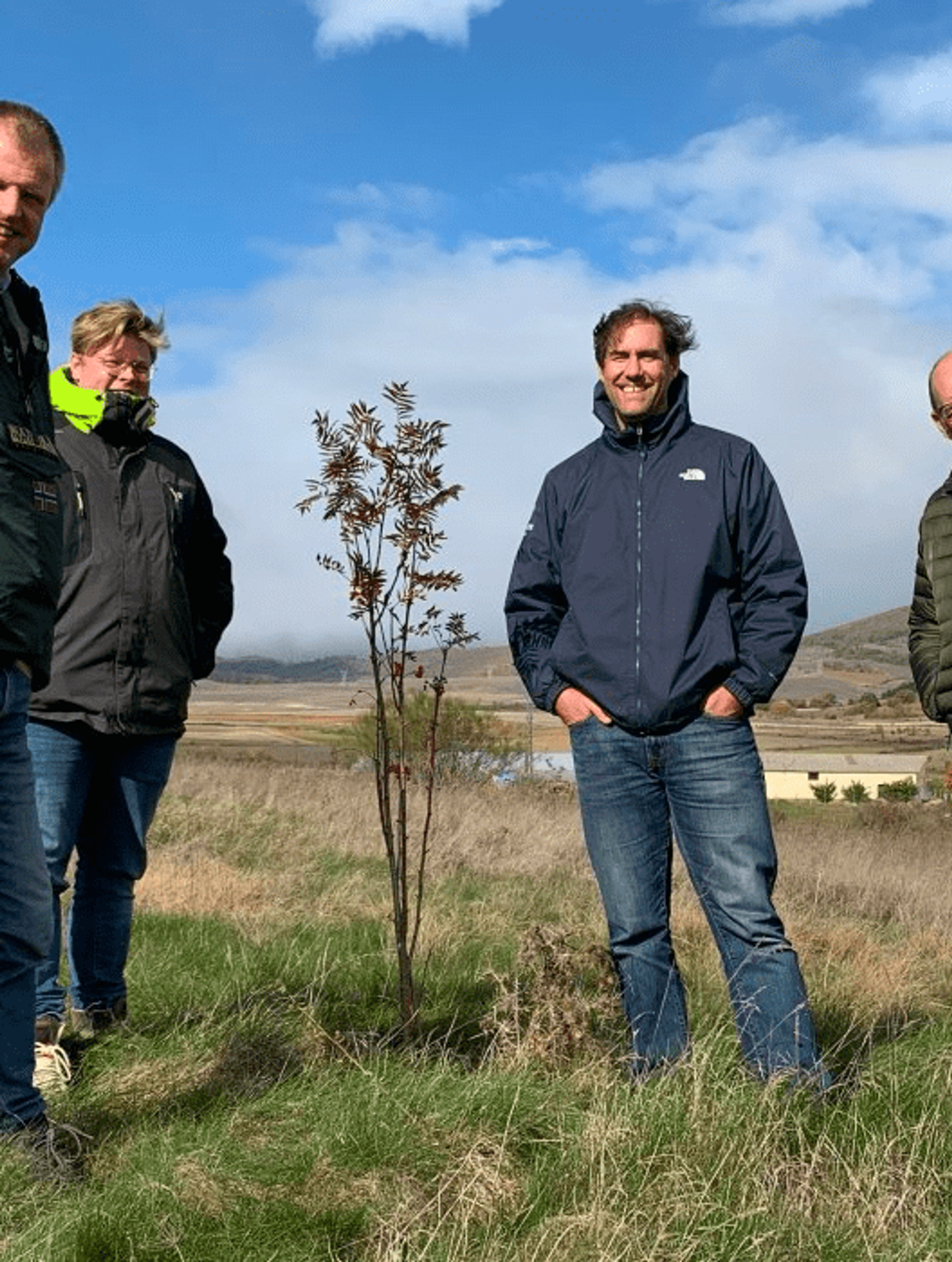Welcome to Iceland
There is a joke in Iceland: “What do you do if you get lost in an Icelandic forest? Stand up!” (Hvað gerir þú ef þú villist í íslenskum skógi, stendur upp!) This joke resonates, as Iceland is among the worst examples in the world of deforestation. This goes back as far as the Viking era over 1000 years ago, when the overall forest coverage in Iceland was around 25-40%. The first Norwegians to settle in Iceland are considered to be Viking leader Ingólfr Arnarson and his wife Hallveig Fróðadóttir. According to the Landnámabók which details settlements by the Norsemen in the 9th and 10th centuries, Arnarson threw two carved pillars called Ondvegissulur overboard as he neared Iceland, and vowed to settle wherever it was they arrived. They landed in what is now the capital, Reykjavik.
The history behind Iceland’s settlement is important. The Vikings were pastoral people, meaning they relied heavily on agriculture to survive. In the 9th century, the Vikings inhabiting Iceland brought their farming traditions with them. They brought sheep, cattle and pigs, and cleared land so they had grazing pastures. They also chopped down forests to build their villages. Although this was, of course, standard practice for settlers, the persistent grazing, farming and clearing coupled with difficult soils and a harsh climate, didn’t give Iceland’s native trees much of a chance. Ultimately, it didn’t take a huge amount of people, (or sheep for that matter) to deforest virtually the entire country. Iceland’s forest converge depleted from 40% to less than 1% in roughly 1000 years.
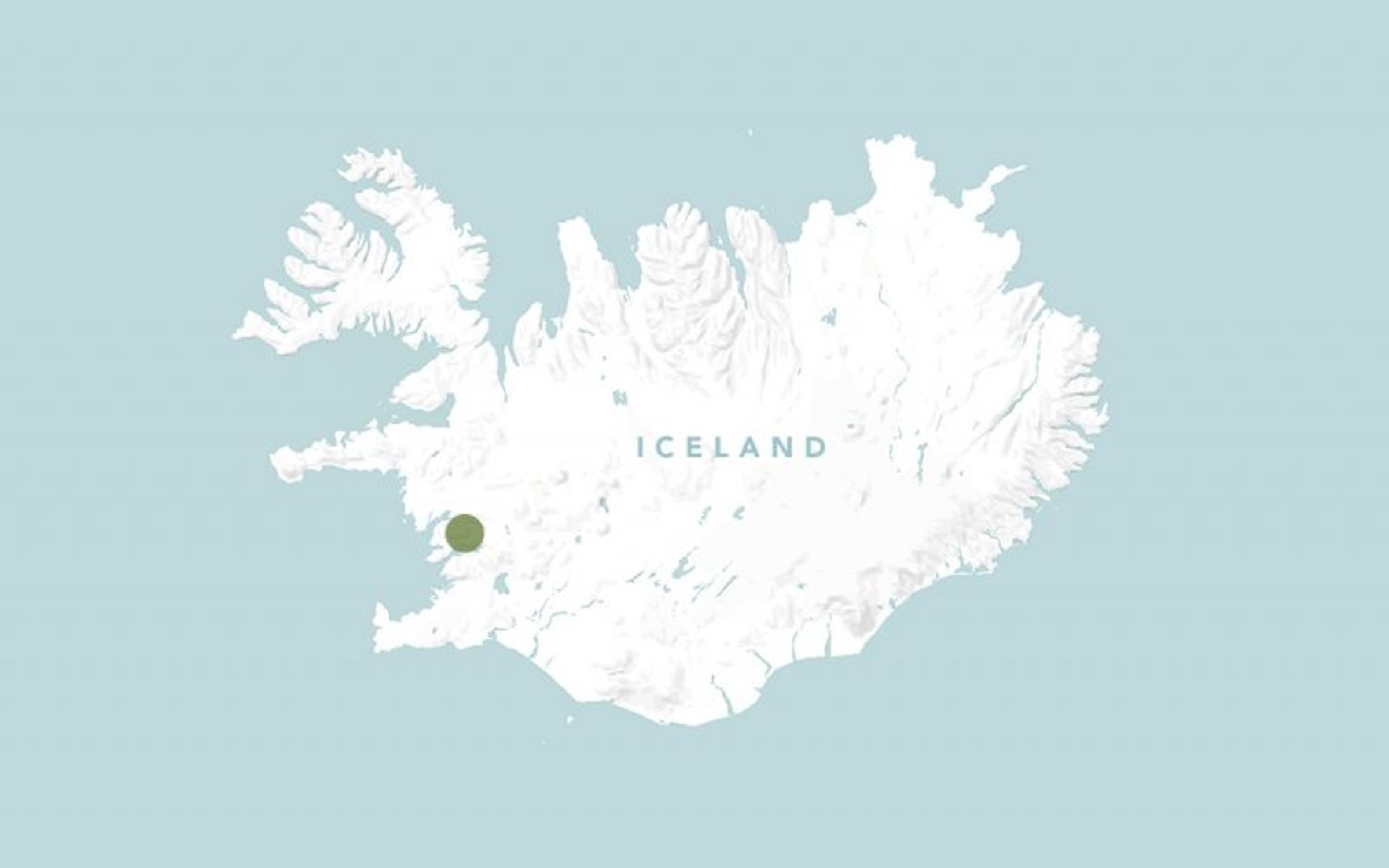
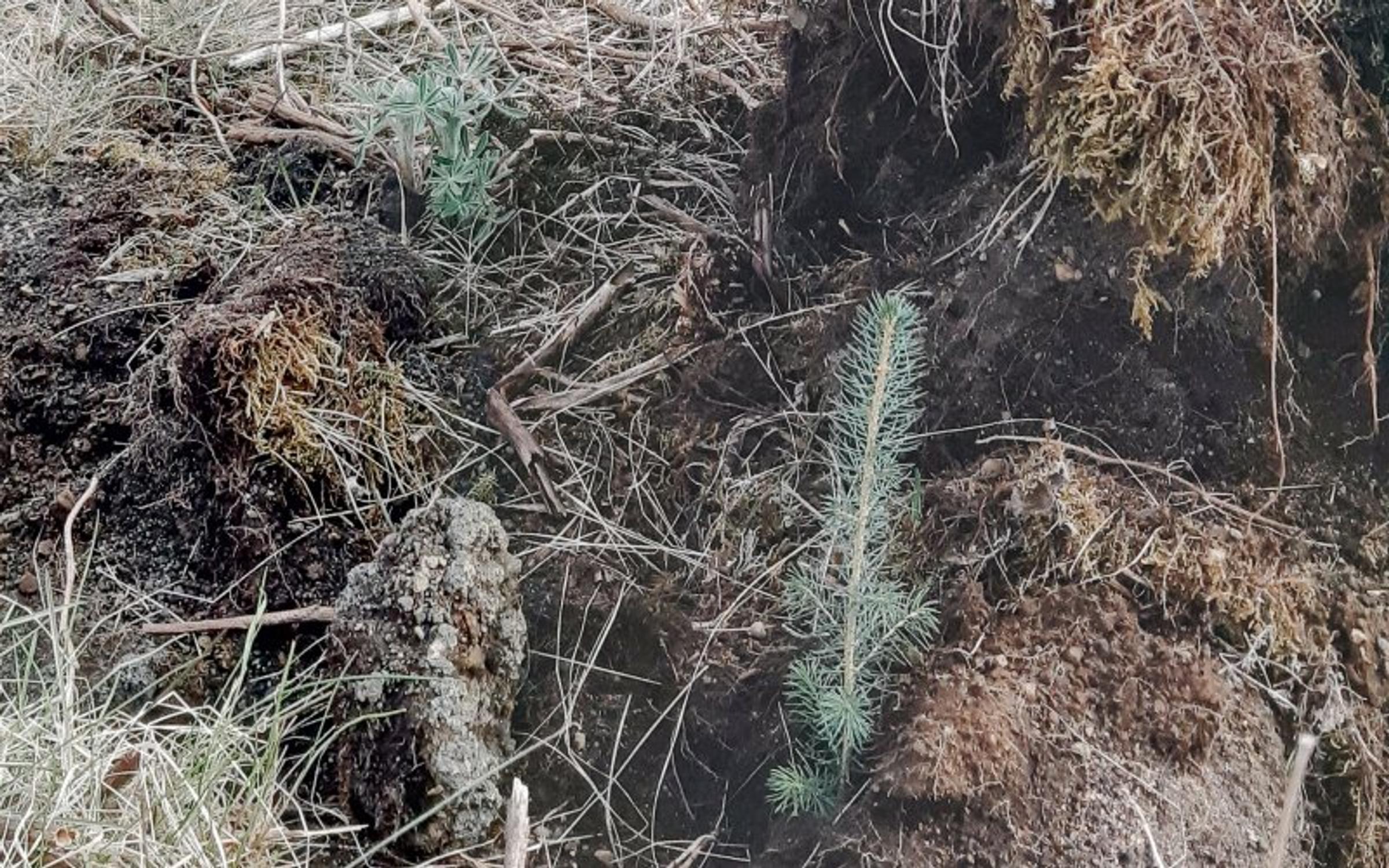
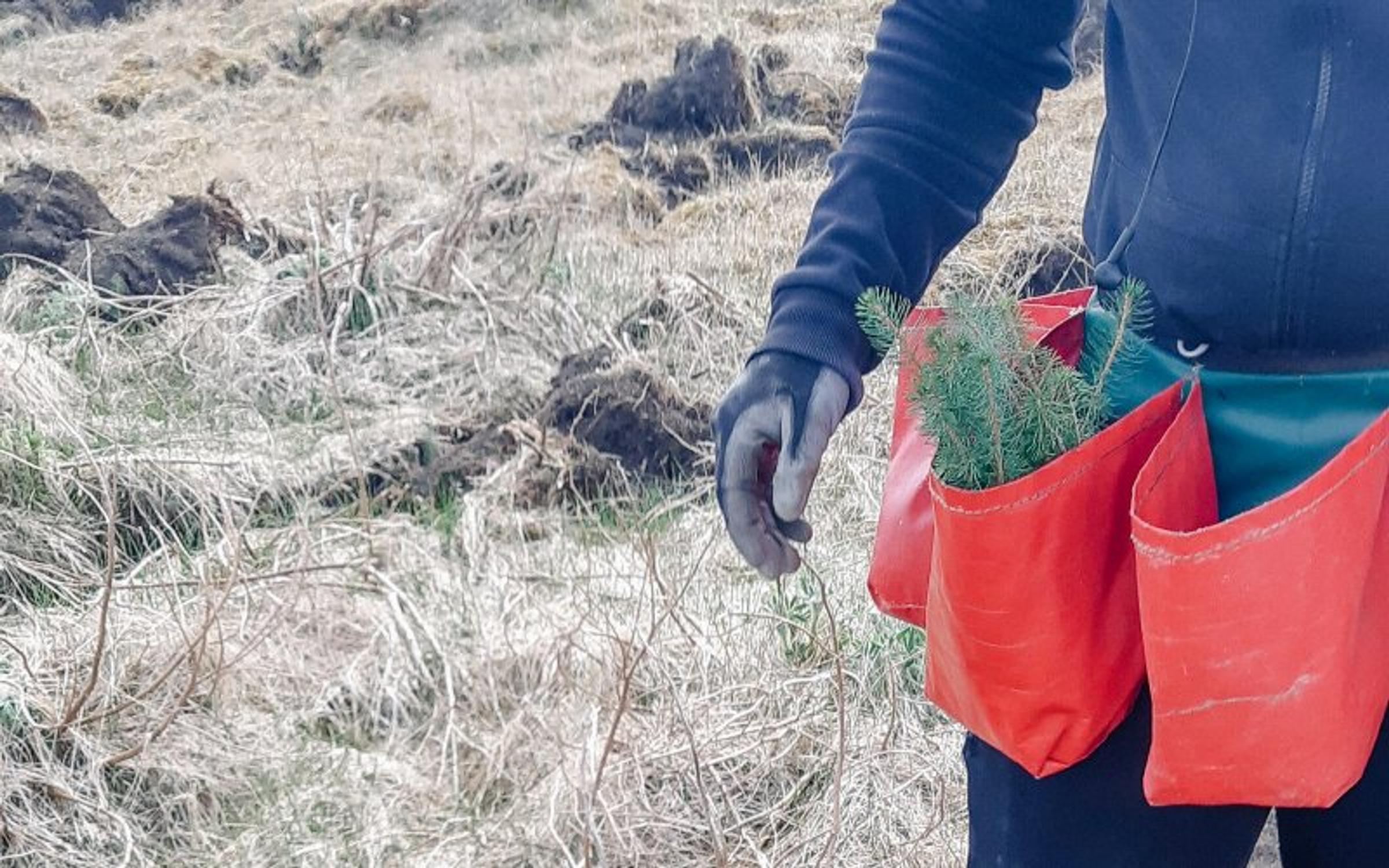
It is undeniable that human impact was the main cause of this reduction. However, Iceland isn’t an easy place for trees to grow. Iceland’s soil is made up of aeolian volcanic ash deposits, which have a high erosion risk. For example, Iceland’s soil is the most vulnerable to wind erosion in the world. The bare landscapes and lack of tree cover only exacerbate this vulnerability, making reforestation a challenge. In the early 20th century, Iceland developed a soil conservation service that aimed to protect and preserve soils from erosion. Additionally, due to the harsh climate and changing temperatures, deciding which trees to plant has been a long process. Iceland only has one native tree that can survive in modern increased temperatures: the birch. Much research has been done to help the local environment thrive and improve biodiversity.
From the 1950s onwards, the reforestation efforts began. Although there has been some progress, to achieve their goal of increasing the national tree coverage to 12% by the year 2100, they need to scale up. The aim is to reforest 1.3 million hectares in 80 years. So far, the maximum planted in one year covered just 1500 hectares, this needs to massively increase for them to achieve their goals.
At Land Life Company, our specialty is planting on degraded land, so we have partnered with Skogur (the Icelandic Forest Service) to help reforest this particularly difficult region. So far, we have planted 13,300 trees and have plans to plant 490,000 more this summer. This main aim is to create forests that will increase the local biodiversity and encourage it to naturally regenerate. Hopefully, in 50 years, the opening Icelandic joke will be a joke of the past.




